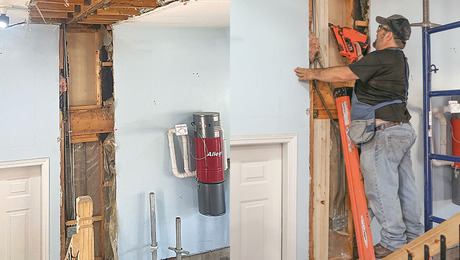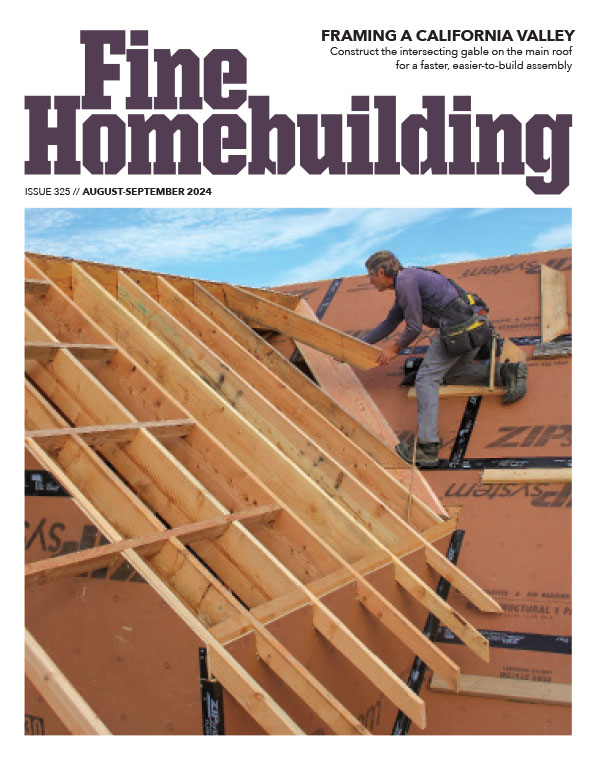I just got a call from my daughter-in-law…
I’m just a wood worker and knows little about construction.. SO here goes… I may ramble a bit because just talk and no pictures..
House built in 1945 or so in Colorado Springs area? Well anyway..
A old inspection report said that one wall was pushed off the foundation a bit by the ground next to the house??
I really can’t imagine land pushing against a wall BUT.. Who knows..
From my best understanding it is a wooded wall? and in the back of the house the land is lower..
SHE WANTS this place really bad.. I say stay away.. But I ask anyway..
Were houses made this way where one side is cut into the ground next to higher land and over the years the dirt just pushed the house? I have no idea what kind of foundation there is.. Did they use wooden foundations? and the inspector said wall in the report?
I understand that this area has freeze/thaw cycles that go on all year and I think just happened over a long period of time..
I know it is not alot to go on but may make some sense to one of you experts… Can it be corrected? SOme guy said all ya need is a French drain.. I’m thinking a ditch with just gravel and some pit out there to collect the water.. I really have no idea what a French drain really is..
As I see it it will go on forever or is it possible to correct and will take another 50 years to push it again?
Thanks in advance















Replies
This bump will keep your note where professionals are more likely to see it.
In the meantime - Colorado is known for its expansive soils, which are quite capable of caving a foundation. My understanding is that they actually have some specialized construction techniques they use to accomodate this soil movement. Is it possible that the wall wasn't pushed but the foundation has moved from under it?
I'm in far northern Michigan and as a contractor and ASHI home inspector I encounter many basement walls that are bowed in (and cracked). The 8" concrete block walls are most common here, hence that is where most inward bowing is seen. Have also seen a few bowed concrete walls as well as treated lumber framed walls (which are much less common).
A wall does not have to be backfilled with expansive soil (clay) to bow. Even granular fill will cause a wall to bow inward if the soil does not drain properly. Water exerts a lot of pressure on its own, but water permeated backfill, that freezes and expands, is nearly unstoppable. A major cause of bowing, in areas with freezing temperatures, is allowing water to lay against the foundation wall (and soak into the soil).
I've repaired bowed block walls by excavating along the exterior and then pulling the wall back into plane by installing numerous "dead men" at the exterior and then turning the nut on long threaded rods that go from the basement interior, through the wall, to the dead man. Drain tile and granular fill are then placed. This repair is typically accomplished without jacking the home. There are many other methods.
Problems and repairs can be avoided by correcting any reverse slope adjacent a home that allows water to pond. If there is a hill behind the home, a swale can be constructed that will direct water around the home and away - perhaps to the street. Improper grading around a home is the #1 cause of basement water infiltration. Water collecting against the foundation wall, then freezing and expanding, is the primary cause of bowed foundation walls in northern regions. Hope this helps a bit.
Reg
I lived in CO Spring for quite some time (20yrs) Expansive soils are an issue but it depends what part of the city you live in. some areas are worse than others.
What part of town is it in?
Not me, I just bumped the thread.
TO ALL::Thanks for the info.. I will try to get some more information..
If your daughter wants this house, she needs to have her own inspection done and talk to a contractor about the costs to fix any deficiencies. She can make this part of the contingenies of a contract to purchase the house. She will, of course, have to pay something for this information but I can't imagine money better spent.
We can tell you little from your description but someone of the site could probably tell you at a glance.
Also, a french drain is essentially what you envision. It may lead groundwater to a dry well or to grade if there is adequate slope to the lot.